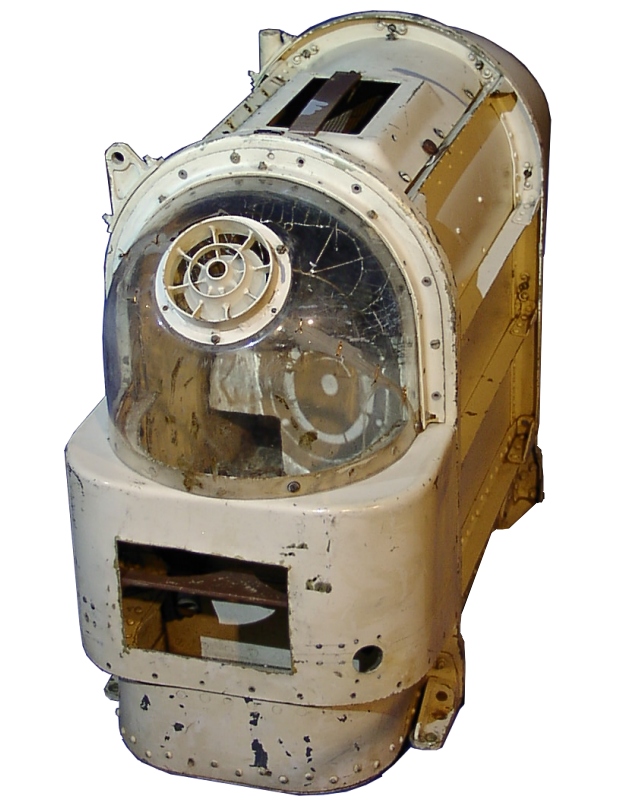|
Korabl-Sputnik 2
Korabl-Sputnik 2 (russian: Корабль-Спутник 2, lit=Ship-Satellite 2), also known as Sputnik 5 in the West, was a Soviet Union, Soviet artificial satellite, and the third test flight of the Vostok spacecraft. It was the first spaceflight to send animals into orbit and return them safely back to Earth, including two Soviet space dogs, Belka and Strelka. Launched on 19 August 1960, it paved the way for the first human orbital flight, Vostok 1, which was launched less than eight months later. Background Korabl-Sputnik 2 was the second attempt to launch a Vostok capsule with dogs on board. The first try on 28 July, carrying a pair named Bars (Snow Leopard aka Chaika (Seagull)) and Lisichka (Foxie), had been unsuccessful after the Blok G strap-on suffered a fire and breakdown in one of the combustion chambers, followed by its breaking off of the booster 19 seconds after launch. Around 30 seconds, the launch vehicle disintegrated, the core and strap-ons flying in random ... [...More Info...] [...Related Items...] OR: [Wikipedia] [Google] [Baidu] |
Belka And Strelka
Belka (Белка, literally, "squirrel", or alternatively "Whitey") and Strelka (Стрелка, "little arrow") spent a day in space aboard Korabl-Sputnik 2 (Sputnik 5) on 19 August 1960 before safely returning to Earth. They are the first higher living organisms to survive a trip to outer space. They were accompanied by 42 mice, a grey rabbit, two rats, flies, and several plants and fungi. All passengers survived. They were the first Earth-born creatures to orbit the Earth and return alive, and the first recovered since February 20, 1947, Fruit flies in space, when fruit flies were flown into space on a suborbital flight by the U.S. and survived. Strelka went on to have six puppies with a male dog named Pushok who participated in many ground-based space experiments, but never made it into space. [...More Info...] [...Related Items...] OR: [Wikipedia] [Google] [Baidu] |
Soviet Space Dogs
During the 1950s and 1960s the Soviet space program used dogs for sub-orbital and orbital space flights to determine whether human spaceflight was feasible. In this period, the Soviet Union launched missions with passenger slots for at least 57 dogs. The number of dogs in space is smaller, as some dogs flew more than once. Most survived; the few that died were lost mostly through technical failures, according to the parameters of the test. A notable exception is Laika, the first animal to be sent into orbit, whose death during the 3 November 1957 Sputnik 2 mission was expected from its outset. Training Dogs were the preferred animal for the experiments because scientists felt dogs were well suited to endure long periods of inactivity. As part of their training, they were confined in small boxes for 15–20 days at a time. Stray dogs, rather than animals accustomed to living in a house, were chosen because the scientists felt they would be able to tolerate the rigorous and ... [...More Info...] [...Related Items...] OR: [Wikipedia] [Google] [Baidu] |
Spacecraft Which Reentered In 1960
A spacecraft is a vehicle or machine designed to fly in outer space. A type of artificial satellite, spacecraft are used for a variety of purposes, including communications, Earth observation, meteorology, navigation, space colonization, planetary exploration, and transportation of humans and cargo. All spacecraft except single-stage-to-orbit vehicles cannot get into space on their own, and require a launch vehicle (carrier rocket). On a sub-orbital spaceflight, a space vehicle enters space and then returns to the surface without having gained sufficient energy or velocity to make a full Earth orbit. For orbital spaceflights, spacecraft enter closed orbits around the Earth or around other celestial bodies. Spacecraft used for human spaceflight carry people on board as crew or passengers from start or on orbit (space stations) only, whereas those used for robotic space missions operate either autonomously or telerobotically. Robotic spacecraft used to support scientific res ... [...More Info...] [...Related Items...] OR: [Wikipedia] [Google] [Baidu] |

